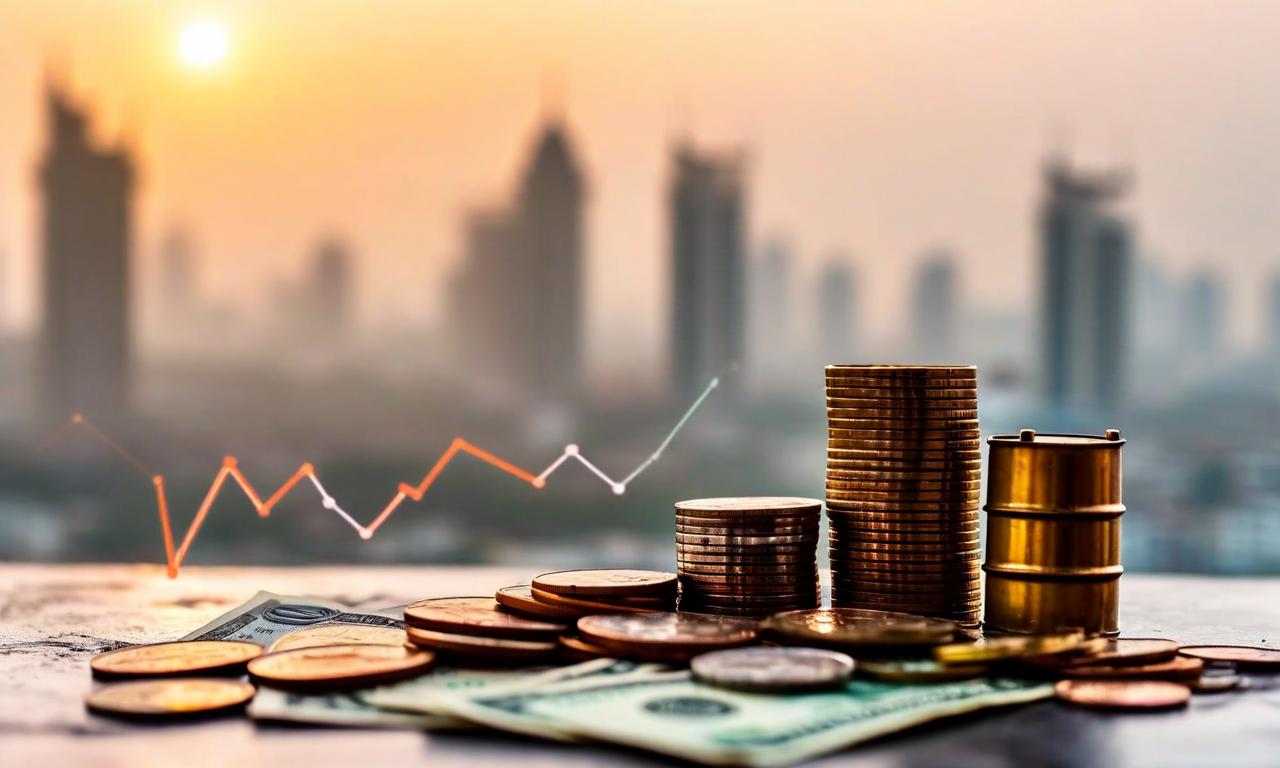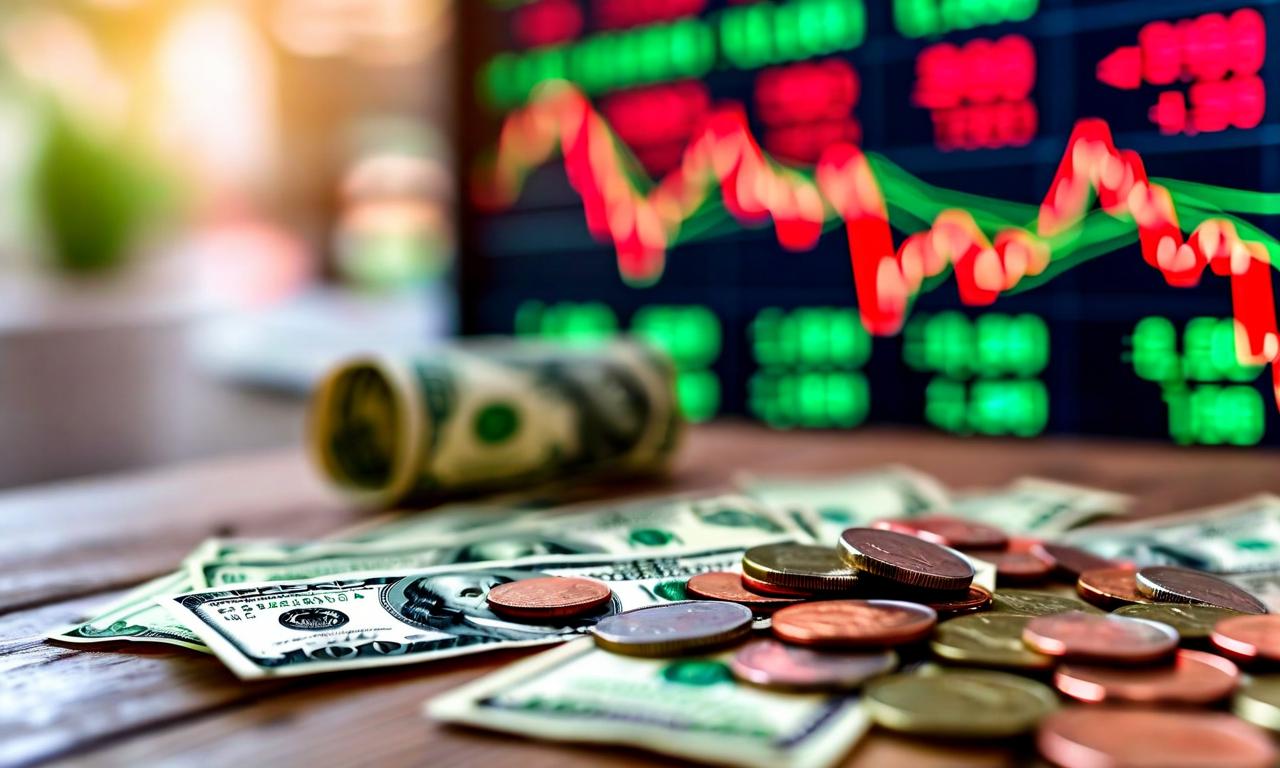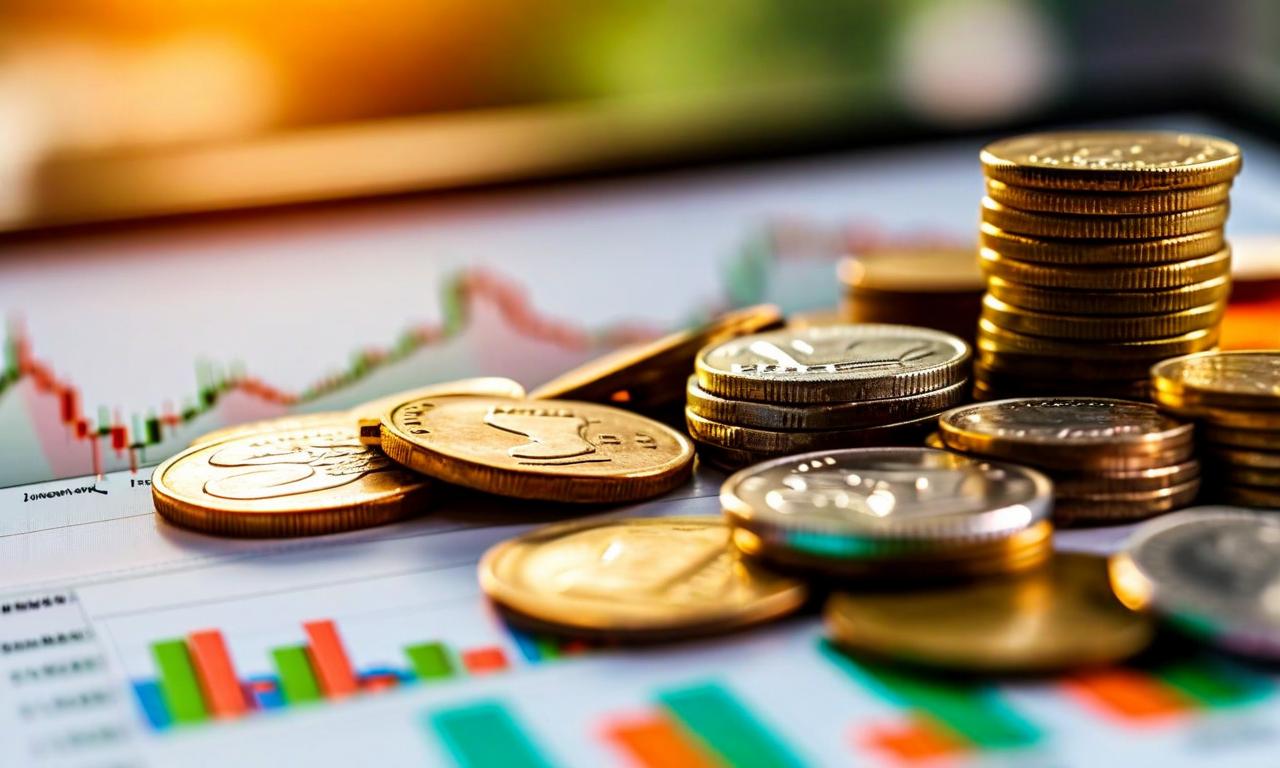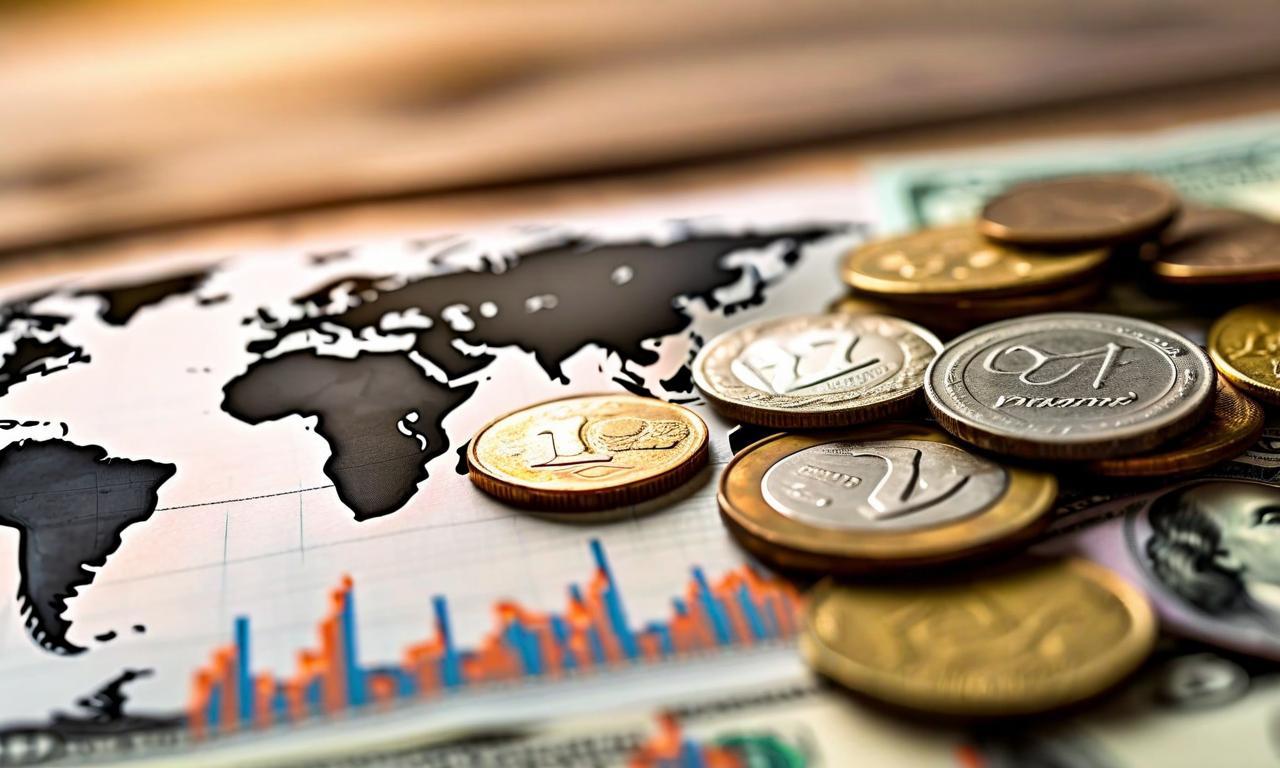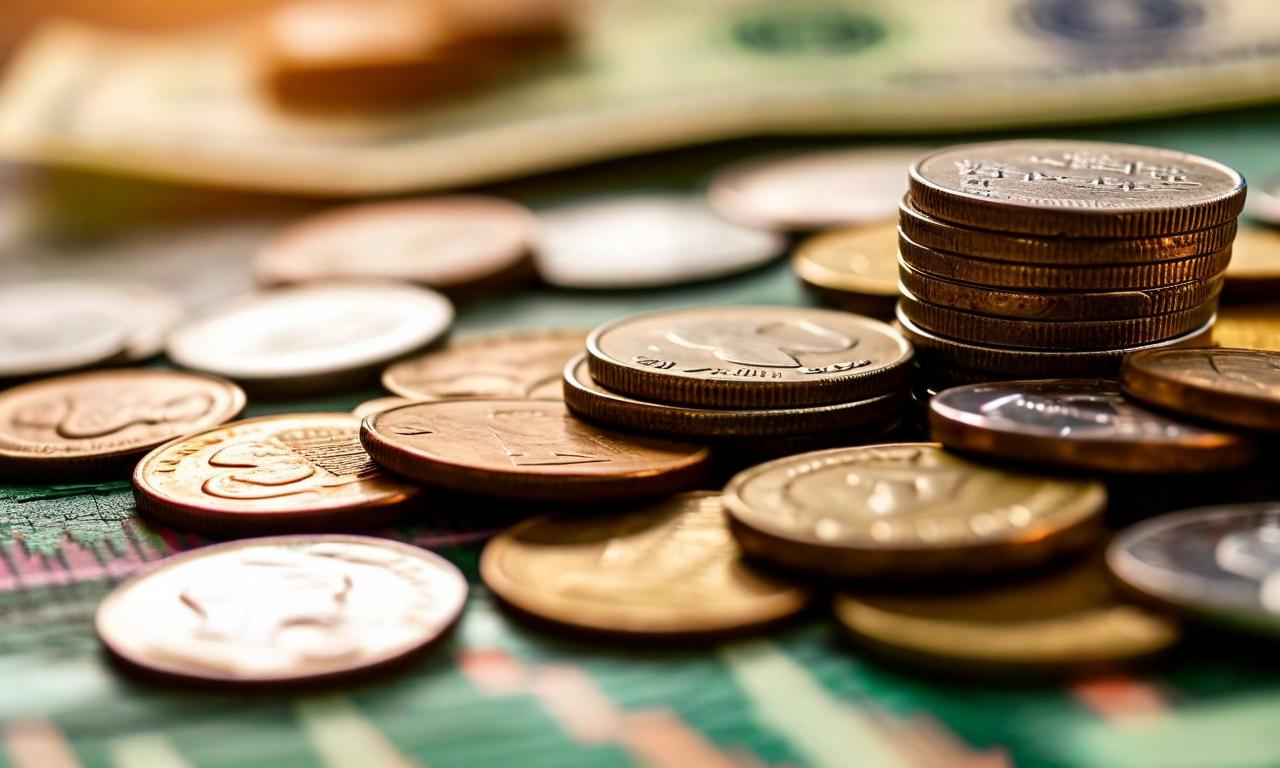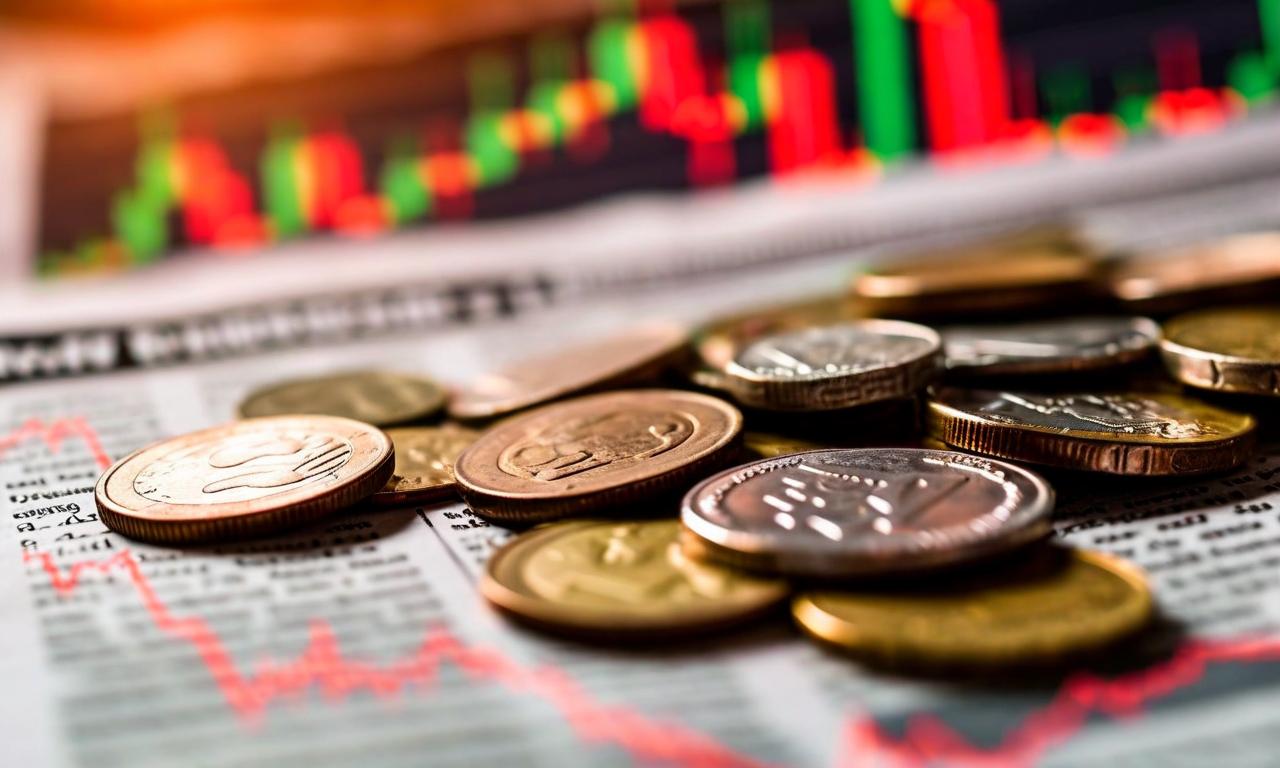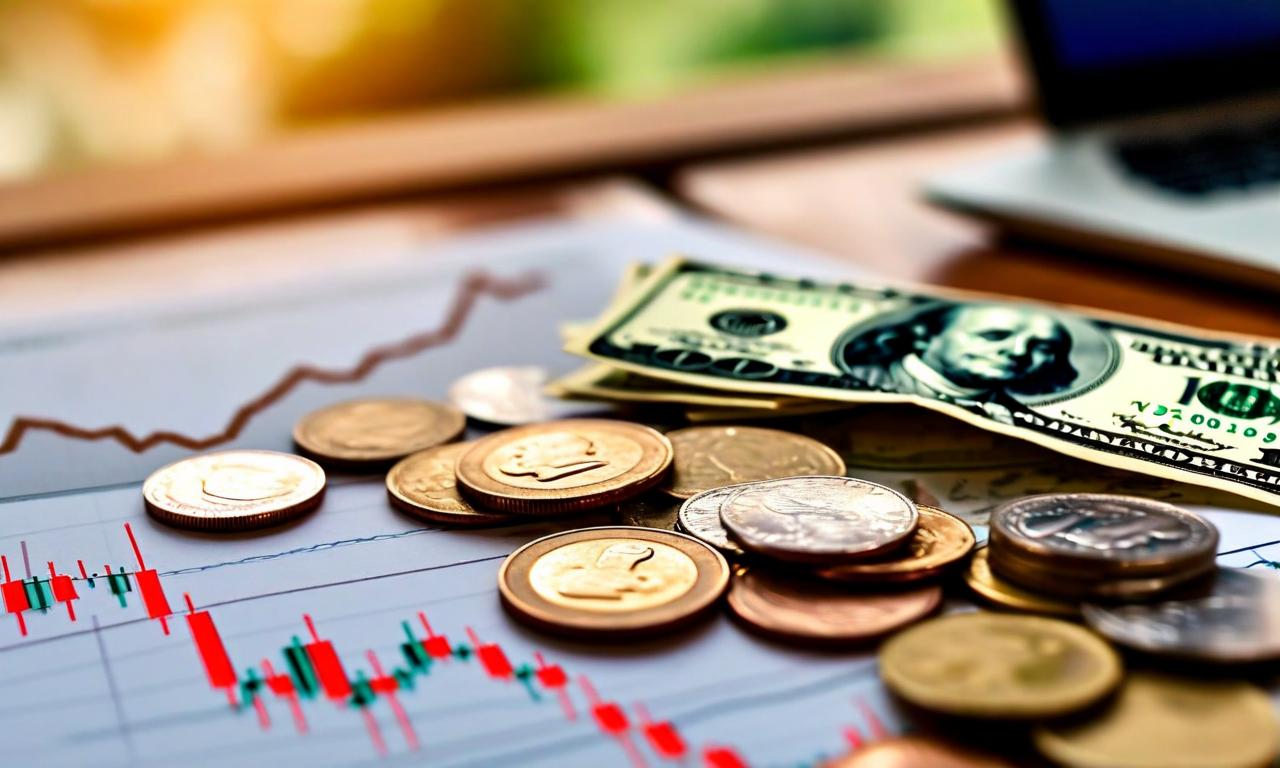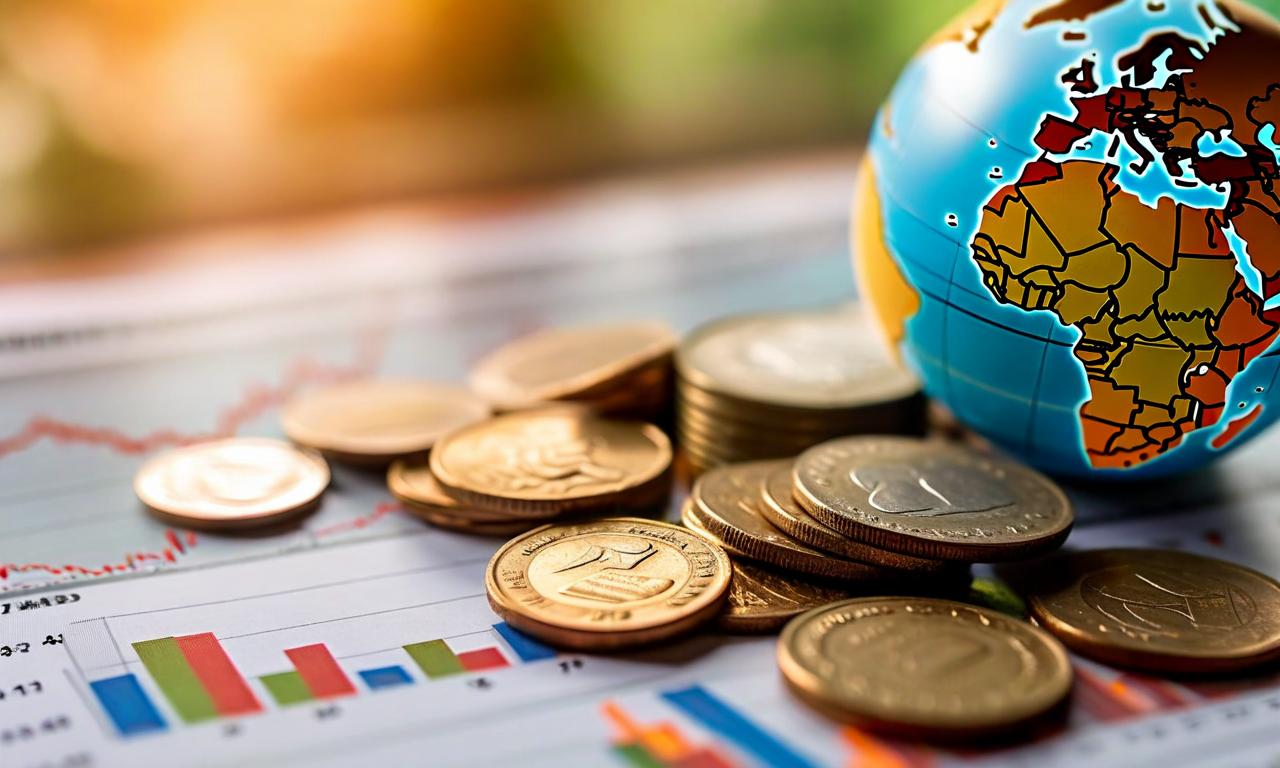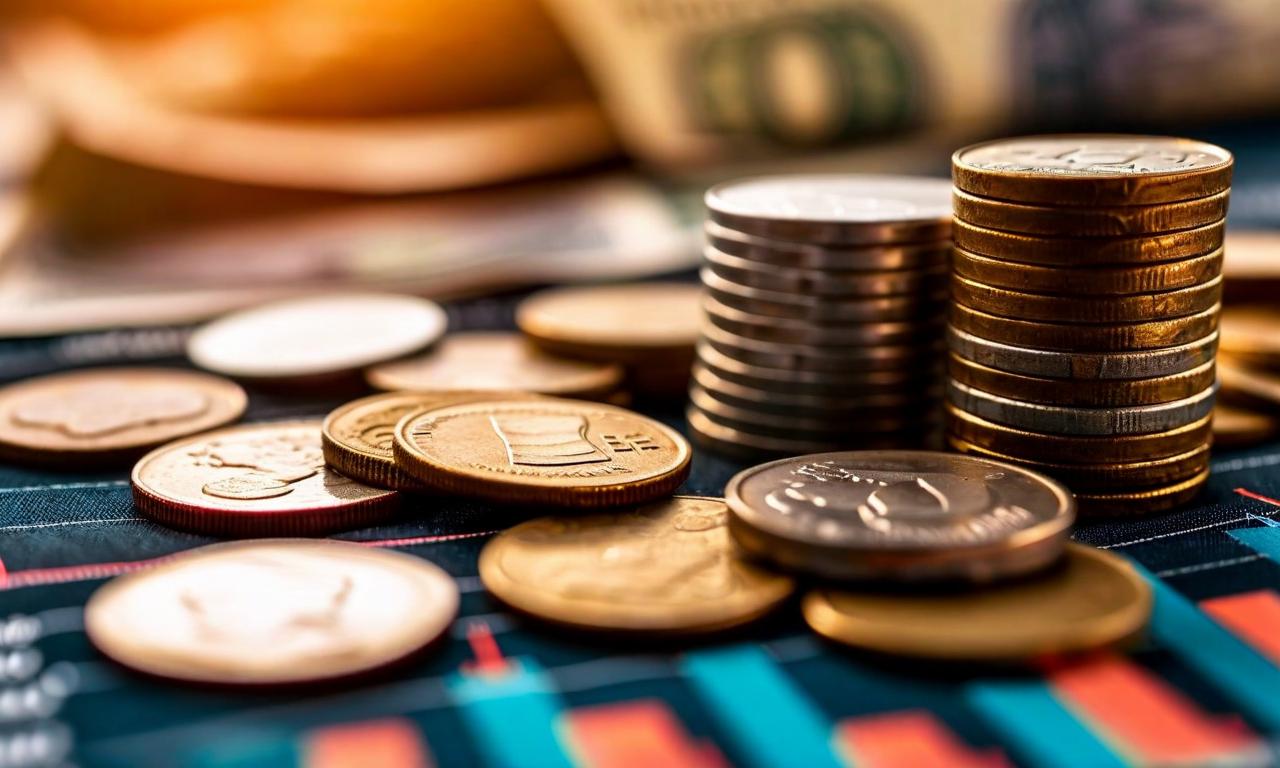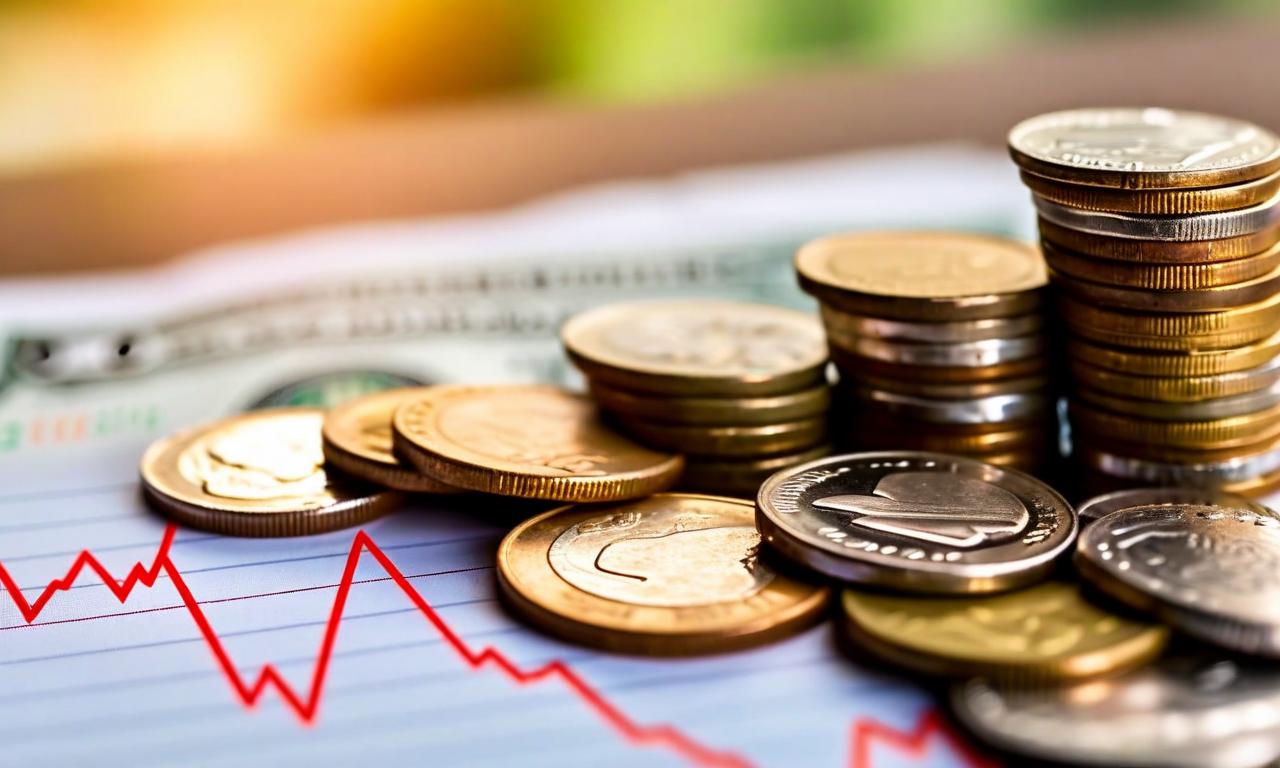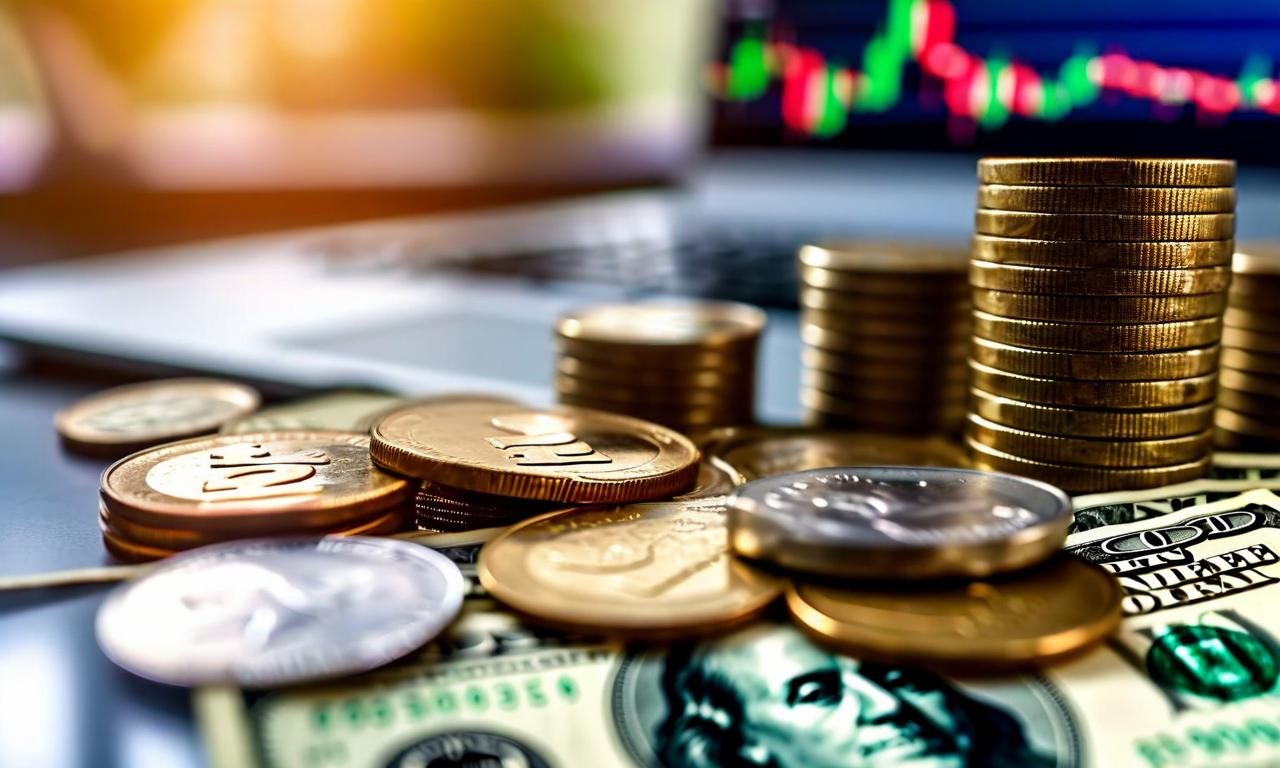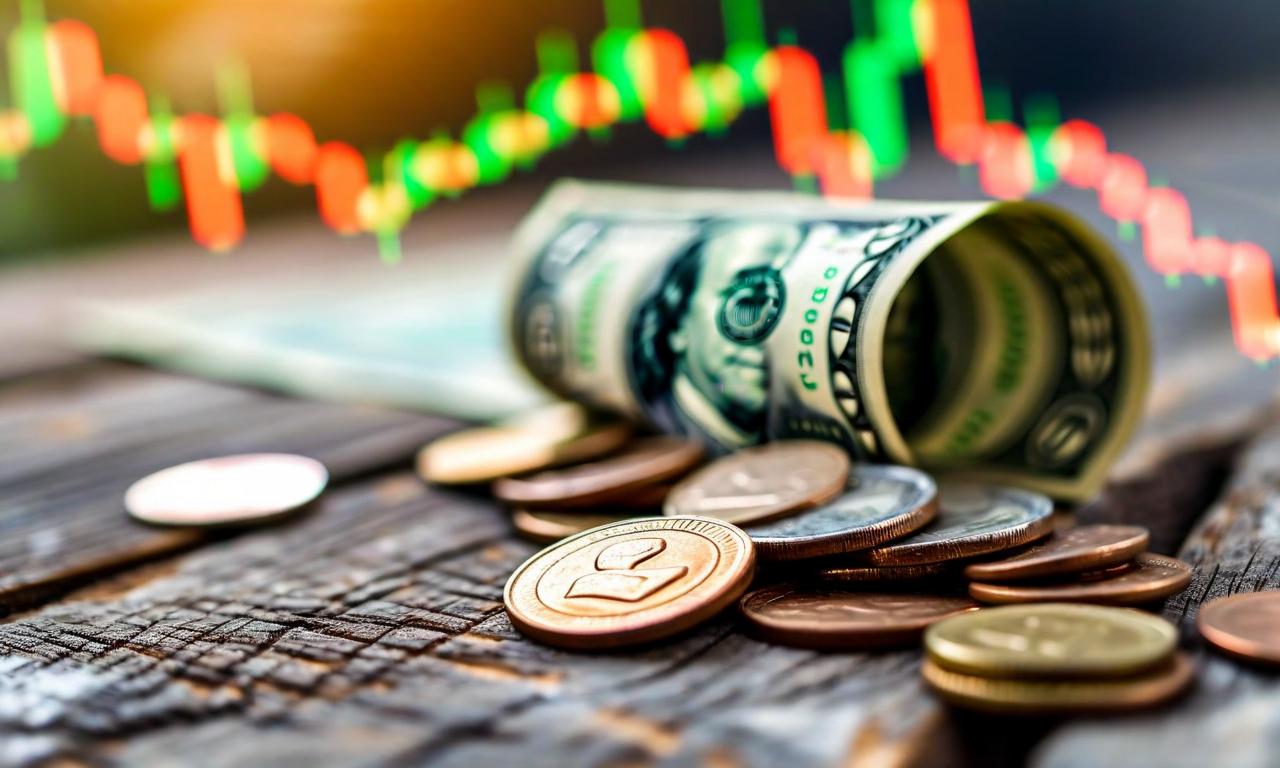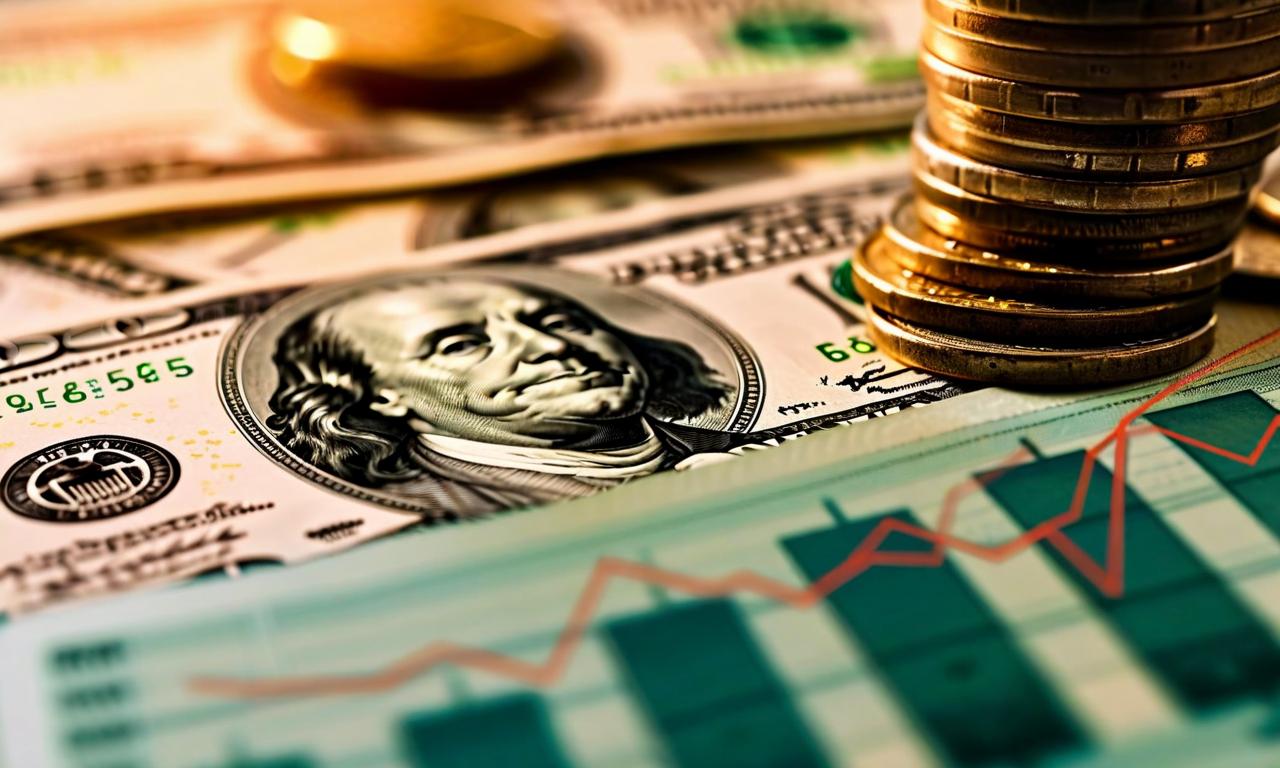Indian Rupee Weakens Significantly, Testing Multi-Year Lows
The Indian rupee has significantly weakened, testing levels of 88.40 to 88.60. Currency experts warn of further decline before stabilization. Key factors driving rupee weakness include ongoing trade disputes with the U.S., foreign portfolio investment outflows, reduced net FDI flows, and decreased RBI intervention in spot markets. The rupee has underperformed compared to other major currencies, with a 10-11% performance gap. The RBI is expected to maintain a calibrated approach, intervening mainly to contain volatility unless the rupee reaches 89.00 or above.
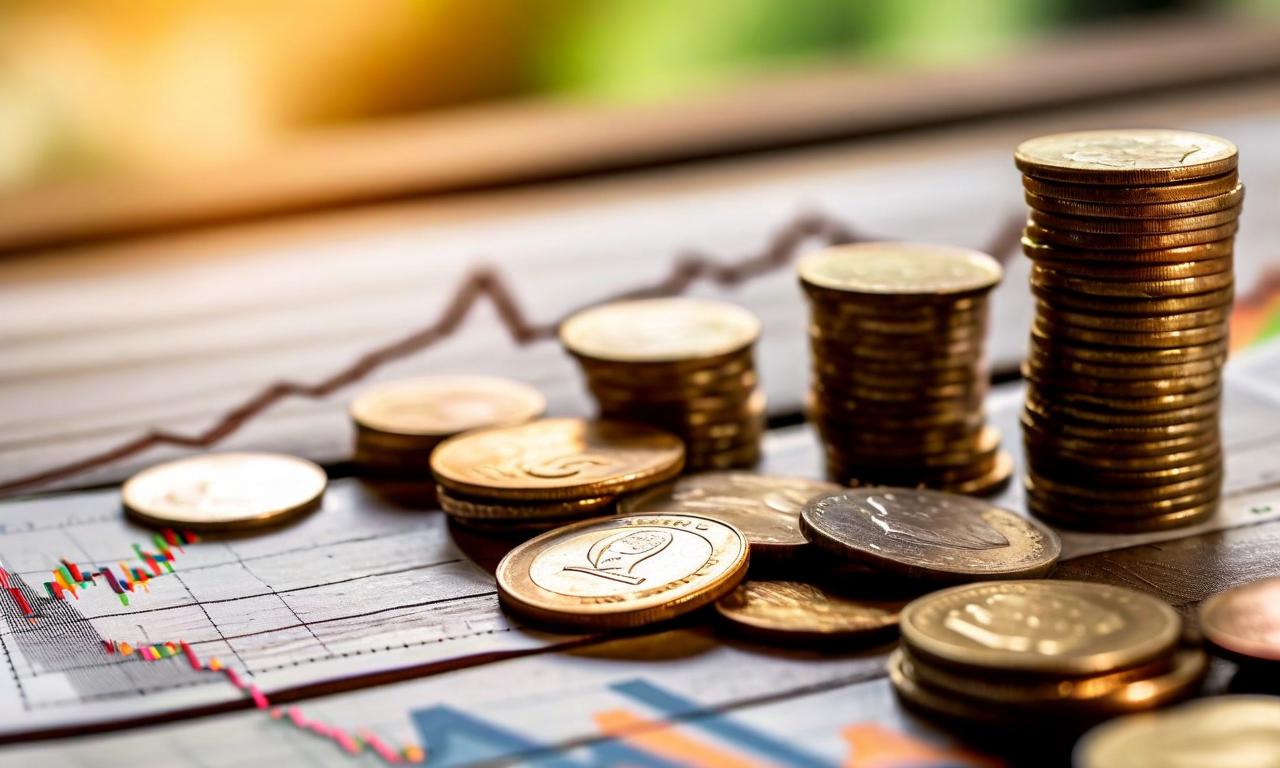
*this image is generated using AI for illustrative purposes only.
The Indian rupee has weakened significantly, testing levels of 88.40 to 88.60, with currency experts warning of further decline before stabilization. Anindya Banerjee compared the current situation to 2013, noting the rupee's stark underperformance against peers.
Key Factors Driving Rupee Weakness
- Ongoing trade disputes with the U.S.
- Foreign portfolio investment outflows of $4.60 billion since June
- Reduced net FDI flows
- Decreased RBI intervention in spot markets
Rupee Performance Compared to Other Currencies
Among 26 major currencies, most have appreciated 7-8% against the dollar while the rupee has declined 3%, creating a 10-11% performance gap. The U.S. dollar index is down 12% from its highs, with wedges ranging 10-14%.
RBI's Approach and Future Outlook
Banerjee expects the RBI to maintain a calibrated approach, intervening mainly to contain volatility unless the rupee reaches 89.00 or above. He anticipates potential rupee appreciation once trade disputes resolve, noting that current macro and political conditions are stronger than in 2013.
Comparison to 2013
While the current situation draws parallels to 2013, experts note that India's macroeconomic and political conditions are currently stronger, which could potentially lead to a different outcome for the rupee in the long term.
As global economic conditions continue to evolve, market participants will closely monitor the rupee's performance and the RBI's interventions in the coming weeks.
